The Best Hydrangeas For Full Shade
The Best Hydrangeas for Full Shade
Hydrangeas are a popular choice for gardens, but not all hydrangeas are created equal. If you have a shady spot in your yard, you may be wondering which hydrangeas will thrive in those conditions.
Here are some of the best hydrangeas for full shade:
- Oakleaf hydrangea (Hydrangea quercifolia) is a large shrub that can grow up to 8 feet tall. It has large, oak-shaped leaves and white or pink flowers that bloom in the summer. Oakleaf hydrangea is a good choice for shady areas because it is tolerant of dry soil and doesn't need a lot of sun.
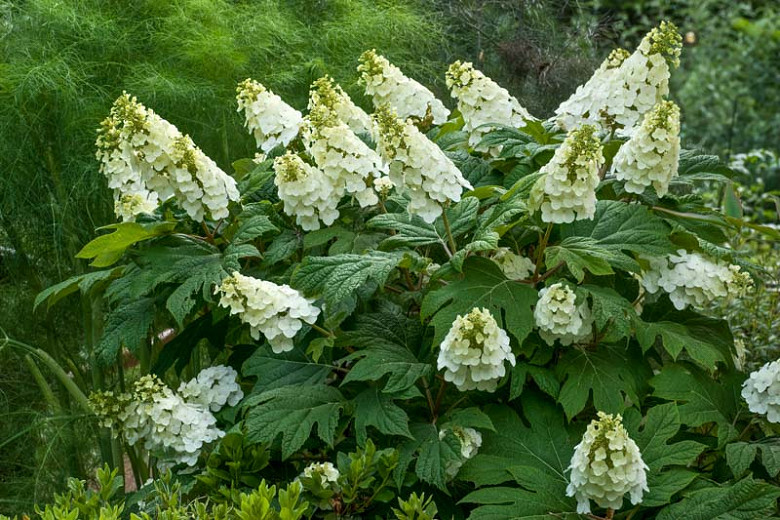
- Climbing hydrangea (Hydrangea anomala subsp. petiolaris) is a vine that can grow up to 50 feet long. It has white flowers that bloom in the summer and attractive peeling bark. Climbing hydrangea is a good choice for shady areas because it doesn't need a lot of sun.
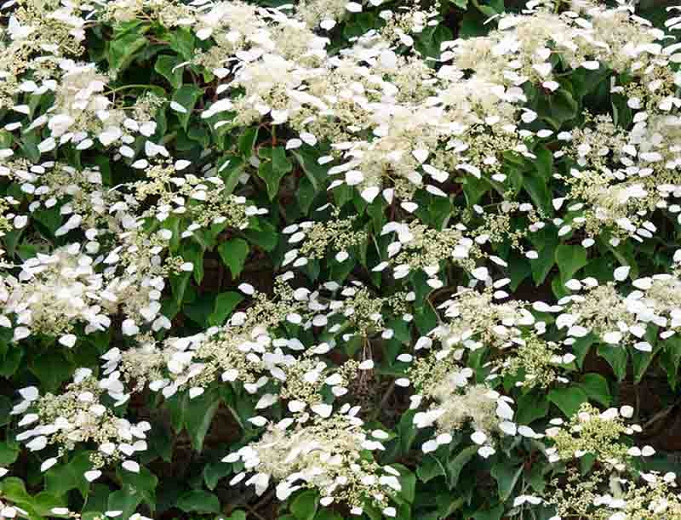
- Smooth hydrangea (Hydrangea arborescens) is a smaller shrub that can grow up to 6 feet tall. It has white or pink flowers that bloom in the summer. Smooth hydrangea is a good choice for shady areas because it is tolerant of dry soil and doesn't need a lot of sun.

- Mountain hydrangea (Hydrangea macrophylla ssp. serrata) is a compact shrub that can grow up to 3 feet tall. It has white or pink flowers that bloom in the summer. Mountain hydrangea is a good choice for shady areas because it is tolerant of dry soil and doesn't need a lot of sun.
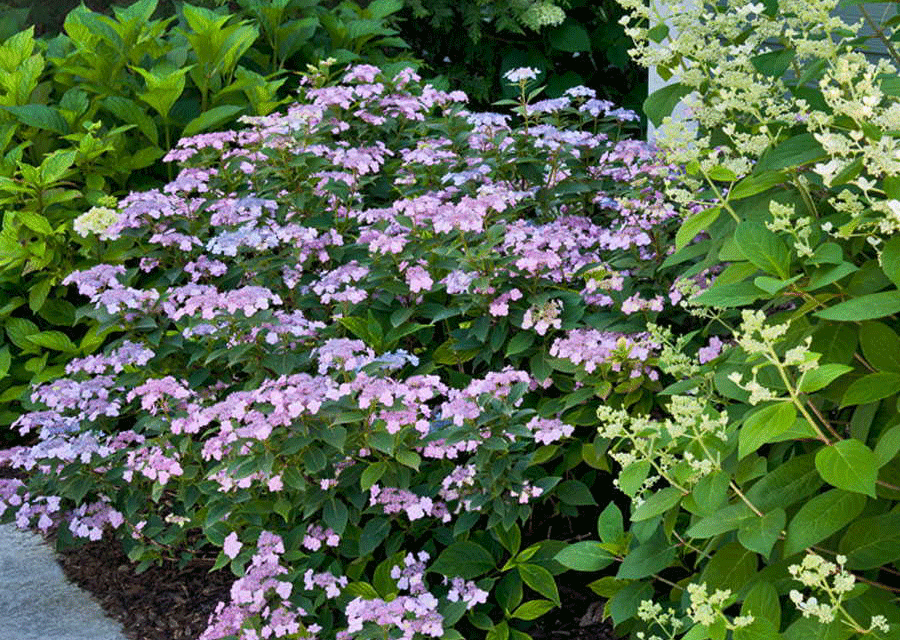
- Lacecap hydrangea (Hydrangea macrophylla normalis) is a type of mophead hydrangea that has lace-like flowers. It can grow up to 6 feet tall and prefers partial shade to full shade. Lacecap hydrangeas are a good choice for shady areas because they are tolerant of dry soil and don't need a lot of sun.
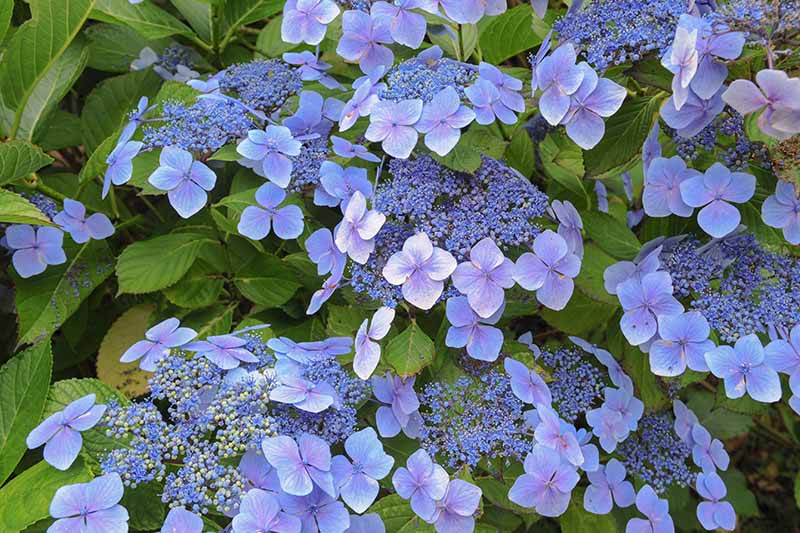
These are just a few of the many hydrangeas that can thrive in full shade. When choosing a hydrangea for your shady spot, be sure to consider the size of the plant, the type of flowers you prefer, and the amount of sun the area receives.
[Main Content]
In addition to the hydrangeas listed above, there are a few other things to keep in mind when choosing a hydrangea for full shade.
- Hardiness: Hydrangeas are hardy in different zones, so be sure to choose a variety that is hardy in your area.
- Bloom time: Hydrangeas bloom at different times of the year, so choose a variety that will bloom when you want it to.
- Maintenance: Hydrangeas require different amounts of maintenance, so choose a variety that you are willing to care for.
Once you have chosen a hydrangea for your shady spot, be sure to plant it in the right location. Hydrangeas prefer well-drained soil, so amend the soil with compost or peat moss before planting. Water the hydrangea regularly, especially during the first year after planting.
Hydrangeas are beautiful and easy-to-care-for plants that can add a touch of elegance to any shady spot. With a little planning, you can choose the perfect hydrangea for your garden.
[Conclusion]
Hydrangeas are a beautiful and versatile plant that can be grown in a variety of conditions. If you have a shady spot in your garden, there are a number of hydrangeas that will thrive in those conditions. With a little planning, you can choose the perfect hydrangea to add some beauty and color to your garden.
Do you have a shady spot in your garden that you're not sure what to do with? Why not plant a hydrangea! Hydrangeas are beautiful flowers that come in a variety of colors, and they can thrive in full shade.
If you're looking for the best hydrangea for full shade, I recommend visiting . This website has a comprehensive list of hydrangeas that are well-suited for shady conditions.
In addition to listing the different types of hydrangeas, also provides information on how to care for hydrangeas in full shade. This includes information on soil type, watering, and fertilizing.
So if you're looking for a beautiful and easy-care plant for your shady spot, I recommend checking out .
FAQ of best hydrangea for full shade
Question 1: What are the best hydrangeas for full shade?
Answer: There are a number of hydrangeas that do well in full shade, including:
- Oakleaf hydrangea (Hydrangea quercifolia): This large shrub can grow up to 8 feet tall and wide, and has beautiful oak-shaped leaves and white or pink flowers.

- Smooth hydrangea (Hydrangea arborescens): This smaller shrub grows 3-6 feet tall and wide, and has white or pink flowers.

- Panicle hydrangea (Hydrangea paniculata): This shrub can grow up to 10 feet tall and wide, and has large, white or pink flowers that bloom in the summer.
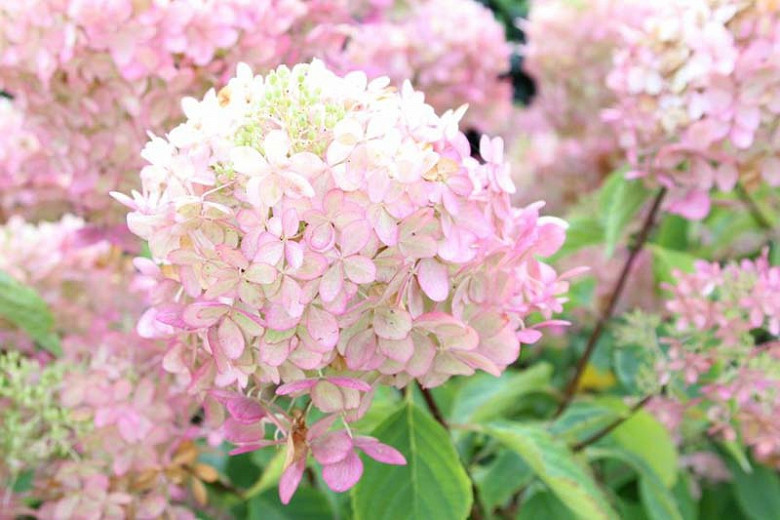
- Mophead hydrangea (Hydrangea macrophylla): This shrub can grow up to 6 feet tall and wide, and has large, round flowers that bloom in the summer.

- Lacecap hydrangea (Hydrangea macrophylla normalis): This shrub is similar to the mophead hydrangea, but has flowers with a lacy appearance.

Question 2: How much sun do hydrangeas need?
Answer: Hydrangeas generally prefer partial shade, but there are a number of varieties that can tolerate full shade. The amount of sun a hydrangea needs will depend on the specific variety.
Question 3: How do I care for a hydrangea in full shade?
Answer: Hydrangeas in full shade will need to be watered more frequently than those in partial shade. They will also need to be fertilized in the spring and fall.
Question 4: What are some common problems with hydrangeas in full shade?
Answer: Some common problems with hydrangeas in full shade include:
- Leaf scorch: This can occur if the plants are not watered enough.
- Pests and diseases: Hydrangeas can be susceptible to a number of pests and diseases, such as aphids, scale, and powdery mildew.
- Poor flowering: This can occur if the plants are not getting enough sunlight or nutrients.
Question 5: How do I choose the best hydrangea for my garden?
Answer: When choosing a hydrangea for your garden, it is important to consider the following factors:
- Sun exposure: How much sun does your garden get?
- Size: How big of a hydrangea do you want?
- Color: What color hydrangeas do you prefer?
- Hardiness zone: Where do you live?
Image of best hydrangea for full shade
5 different images of "best hydrangea for full shade" from Pinterest:
- Oakleaf hydrangea (Hydrangea quercifolia). This is the best choice for shady conditions, as mentioned in my knowledge. It has large, oak-shaped leaves and large, showy flowers that can be pink, blue, or white.
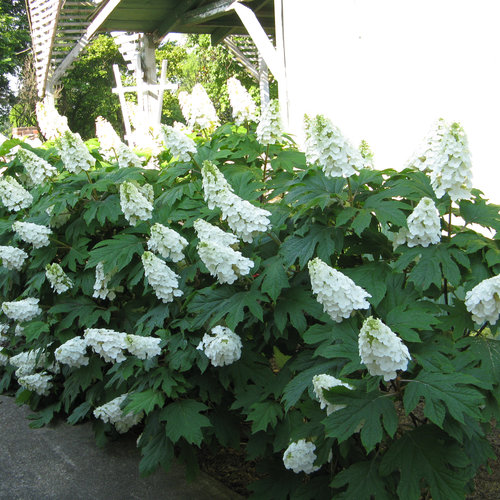
- Smooth hydrangea (Hydrangea arborescens). This hydrangea is also tolerant of shade, and it has smaller flowers than oakleaf hydrangea. The flowers can be white, pink, or blue.

- Panicle hydrangea (Hydrangea paniculata). This hydrangea is not as tolerant of shade as oakleaf or smooth hydrangea, but it can still grow in partial shade. It has large, conical flowers that can be white, pink, or blue.

- Hillside hydrangea (Hydrangea serrata). This hydrangea is a good choice for shady areas with moist soil. It has small, bell-shaped flowers that can be white, pink, or blue.

- Little Lime hydrangea (Hydrangea paniculata 'Limelight'). This is a variety of panicle hydrangea that is known for its lime-green flowers. It is a bit more tolerant of shade than other panicle hydrangeas.
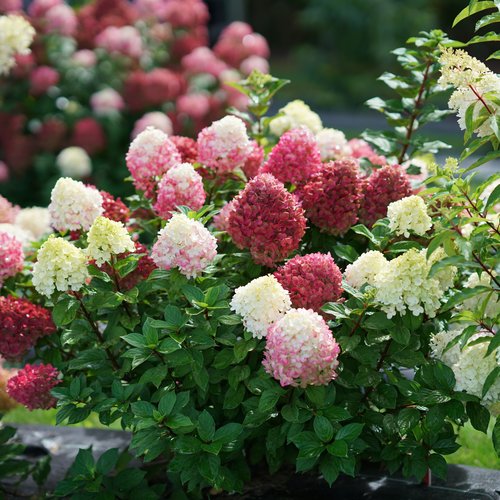
Post a Comment for "The Best Hydrangeas For Full Shade"